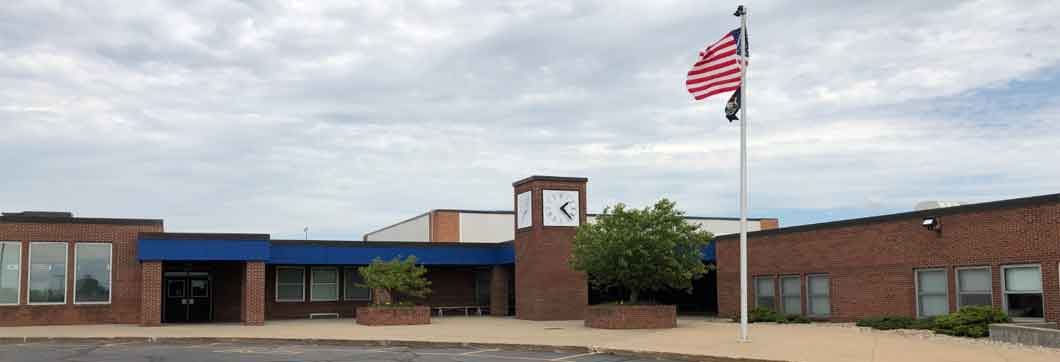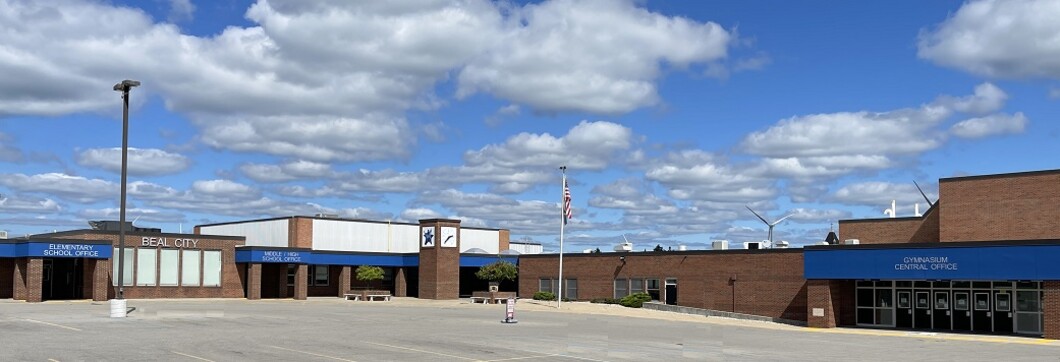What is HAACP
HACCP stands for Hazard Analysis of Critical Control Points. It is a system for monitoring the food service process to reduce the risk of foodborne illness.
HACCP focuses on how food flows through the food service process - from purchasing through serving. There are a variety of potential hazards at each step.
By identifying "critical control points" (CCPs) where bacteria may grow or food may be contaminated, HACCP provides managers with a framework for implementing control procedures for each hazard
Steps to Building a HACCP System
|
|
Assess hazards. This includes identifying potentially hazardous foods, the flow of food in your operation, and potential hazards and estimating risks. |
|
|
Identify CCP's. Think of these as recipe-related actions that reduce your risks. They will differ for every food and method of preparation, cooking, serving and holding, cooling and reheating food. |
|
|
Set up procedures and standards for CCPs. These must be measurable, based on facts, and right for the recipe when prepared in your work environment. They must also provide clear direction to action. For example, a standard for holding chicken noodle soup might read, "Hold at an internal product temperature of 140 F, checking and recording temperature every 2 hours." |
|
|
Monitor CCPs. Without monitoring, there is no real way to know if your HACCP system is working. It requires focusing on CCPs throughout the flow of food, determining whether or not your standards are being met and making sure employees understand what is required. |
|
|
Take corrective action. When you find that a standard for a CCP is not being met, it must be corrected right away. For example, a corrective action for the standard example used in Step 3 might read, "If internal temperature drops below 140 F, reheat rapidly to 165 F and serve immediately." |
|
|
Set up a record-keeping system. Time and temperature are critical components of food safety. Records should be simple and easy to keep. |
|
|
Verify that the system is working. This includes reviewing the above steps and checking to be certain that equipment is in proper working order. |
The Flow of Food
|
Receiving |
Storing |
Preparing |
Cooking |
Holding |
Serving |
Cooling |
Reheating |
|
Handwashing: How and When.
|
|
Using Gloves Gloves are another good way to minimize the risks of cross-contamination of food while instilling greater customer confidence. Employees should use rubber gloves when washing dishes and disposable plastic gloves for food handling. Employees must wash hands and bandage any cuts before putting clean gloves on. They should also change gloves at least after every 4 hours of continuous use. |




